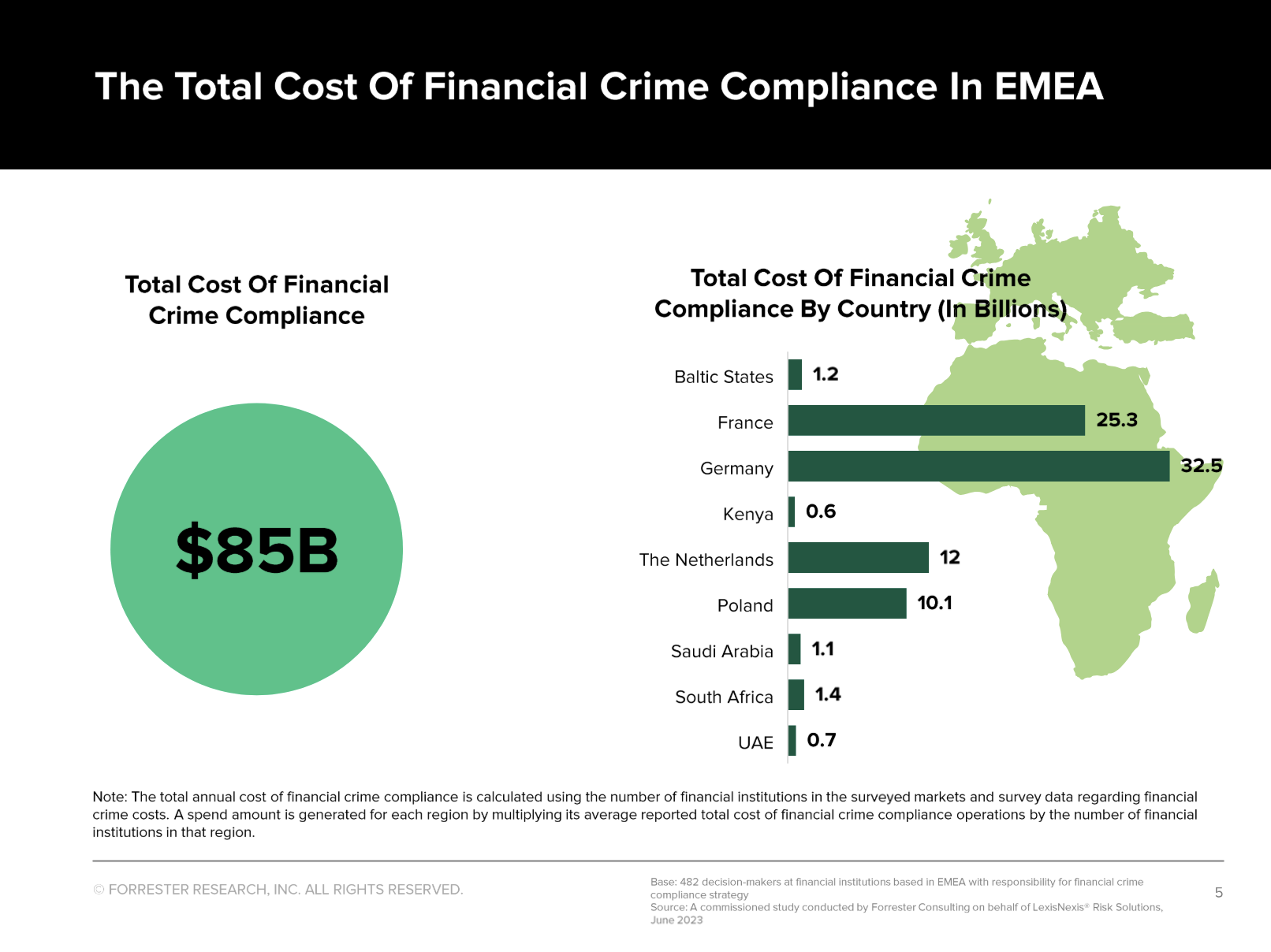Key policy makers are preparing new efforts to address the deterioration of financial and economic conditions. This is seen reducing tail risks, which allowed the rally in risk assets to be extended, and undermined the dollar. China is providing new fiscal support. The ECB announced its new Outright Market Transactions. The disappointing US employment figures increases the risk that the FOMC will go beyond changing its guidance and offer a balance sheet response. In the first eight months of the year, the US economy has grown an average of 150k private sector jobs a month. During the same period in 2011, the monthly average job growth was 10% higher.
Perceptions of reduced tail risks, which in turn allowed a further extension of the recent moves that have lifted equity markets, rallied the European peripheral bonds, and sent the US dollar lower. There are many who are now talking as if a major corner has been turned. We remain suspicious and continue to look for technical evidence that will help signal an end market trends that began 2-3 months ago. Yet to be clear, and anticipate our argument below, such evidence remains elusive.
We remain worried that the market is too complacent about the serious event risk over the coming weeks. Three-month implied euro volatility finished last week below 9%, levels not seen in four years. Three-month implied yen volatility finished last week below 7.2%, the lowest in five years. The S&P 500 volatility (VIX) is within spitting distance of multi-year lows as well. This complacency should be a cautionary note for medium term investors.
The decline in Spanish yields, and no bond auction in the week ahead, may discourage Spain from formally requesting a precautionary line of credit or a full aid package. So, while we expect the German Constitutional Court to find in favor of the ESM (even if a few conditions and admonishments are included), a formally triggering of the new OMT is still likely at least several week away. Spanish Prime Minister Rajoy continues to put much emphasis on domestic political considerations. Unless forced by circumstances, which seem at this juncture unlikely, Rajoy may be loath to do anything that appears to be ceding more sovereignty ahead of the late October election in the his home region of Galicia.
The Dutch hold elections on September 12 and the polls show a tight race between the a resurgent Labour Party and the Liberals. The terms of a new coalition government may take some time to work out. However, what is new in the Netherlands is that it appears that an increasing number of voters are tired of the austerity, which more is likely to be needed if the EU targets are going to be reached. Dutch bonds have consistently outperformed German bunds (over the past 3 and 6 months as well as year-to-date). This may be challenged if anti-austerity parties gain an upper hand.
The other major event of the week ahead is the FOMC meeting. With Operation Twist still ongoing, we had anticipated the FOMC to push out its rate guidance into 2015 from late 2014. Our view hinged on a relatively favorable employment report. Some economists can find a silver lining, such as the decline in the unemployment rate to a 8.1% (a full percentage point lower than a year ago) or distortions caused by the auto sector (excluding factory employment, 112k net jobs were created in August after 118k in July), or the preliminary nature of the data (Stone & McCarthy found that August jobs data typically disappoints–75% of the time, and later is revised higher by an average of a little more than 60k).
Nevertheless, on balance, we see the employment report increasing the likelihood of a new round of asset purchases, that will likely include MBS. However, we do not think the Fed is prepared for an open-ended commitment, such as would be entailed by targeting nominal GDP. That said, most of the data being reported for Q3 continues to suggest that the economy is tracking a bit better than the 1.7% annualized pace seen in Q2.
In terms of the US data, the risks of price measures, and that would include imported prices, producer prices and consumer prices, are all on the upside. On the other hand, the US consumption appears to be holding up. The firm auto sales and chain store sales will likely translate into higher retail sales. Retail sales likely rose in August for the second consecutive month after falling every month in Q2.
The week ahead also features Chinese economic data. The Chinese economy may still decelerating so it is difficult to talk about a landing, though we expect signs that it is beginning to stabilize in the period ahead. The $150 bln infrastructure projects that were reportedly approved at the end of last week may dampen speculation of near-term monetary easing. The Shanghai Composite recovered smartly off multi-year lows at the end of last week. Follow through gains are needed to solidify the recovery and sentiment.
Euro:
The speculative net short position was reduced by less than a thousand contracts in the holiday-shortened week ending September 4 to stand at 102.3k contracts. Gross longs rose by about 650 contracts to 46.5k. Gross shorts rose by 1.4k, the first increase in three weeks to just below 149k contracts.
The euro has continued to recover off the late July lows. As we noted last
week, while our reading of the underlying fundamentals suggests these gains in the euro are counter-trend and corrective in nature. Yet again there is little technical evidence that a top is at hand. We continue to look for some reversal pattern, but none has materialized. The RSI is high but there are no divergences. The MACDs are extended but have yet to turn. The 5-day moving average is above the 20-day. The $1.2830-40 is the next immediate target. This corresponds to the 200-day moving average, which the euro have not closed above here in 2012. Beyond there the $1.30 area beckons.
Given the heightened risk of a balance sheet response to the recent economic weakness by the Federal Reserve, barring the German Constitutional Court knocking down the ESM, which we think highly unlikely, especially given parliament’s approval and the speculation that Spain may formally request aid at the Eurogroup meeting late in the week, the dollar may remain under pressure. That said, some cautiousness by short-term momentum participants is in order. The euro closed above the upper end of its Bollinger band (2 standard deviations above the 20-day moving average, for the first time since late February, which marked the year’s high. Initial support on pullback is likely to be found near $1.27.
Yen:
The speculative net long position increased by about 3.4k contracts to 24k. Longs rose 1.6k to 55.1k contracts and the shorts were pared by almost 900 contracts and stand at 31.1k.
The heightened prospect of QE in the US and the broad dollar weakness sparked by the disappointing August employment report lifted the yen to its best level against the greenback in a month. The dollar, in effect, traversed its entire recent range JPY78-JPY79 before the weekend. A break could signal a quick test on the early June low near JPY77.65. It probably will take a move closer to JPY77 to get Japanese officials to up their verbal intervention.
The domestic impulses from Japan are deteriorating. The reconstruction lift is fading and the parliamentary maneuvering by the two main political parties is reminiscent of Washington and this is impacting the smooth financing of Japan’s budget deficit. In terms of foreign policy, tensions are running high between it, South Korea and China. Yet it seems likely in terms of the direction of the yen, European and US developments are more important.
Sterling:
The net speculative position swung back to the short side after being long in the last two weeks of August. The longs were trimmed by almost 600 contracts to 41.8k contracts. The shorts increased by 8.3k contracts to 48.7k. This produced the net short speculative position of 6.9k contracts.
Recent data suggests that the UK economy may be enjoying slight positive growth here in Q3. Nevertheless, an extension of its gilt purchase operation is likely in Q4. Despite the ongoing QE, sterling has put in a strong showing and moved above the $1.60 level for the first time since mid-May. The weekly close above $1.60 brings the $1.62 area as the next important target.
Sterling bottomed on June 1 and has appreciated by 5% since then. While we continue to believe that US fundamentals are superior and that a weaker sterling will be part and parcel of a recovery in the UK economy, as was the technical condition of the euro, so too with sterling. There is simply no compelling evidence that a top is in place.
Swiss franc:
Speculators on net continue to run a small short franc position. It increased marginally to 13.1k contracts from 11.5k the previous reporting period. Longs slipped 1.7k to stand at 9k. The shorts were reduced by less than 30 contracts to 22.1k.
Speculation that the Swiss National Bank may lower the cap on the franc against the euro to CHF1.22 from CHF1.20 may have brought some fresh interest in the franc. We do not expect this to be delivered when the SNB meets on September 13. If it is discussed, we suspect it will be deemed potentially too expensive and the return too small to be seriously considered. The next important area for the dollar comes in the CHF0.9370-CHF0.9400 area. Technically, a convincing break of this area could signal another 1-2% decline in the dollar.
Canadian dollar:
The net long speculative position increased by 10% to 66.6k contracts. It is the largest net long position since early May. Recall that in the second half of July, the net speculative position was short. It has been building since. The gross longs added 2.7k contracts to 89.3k, while the shorts were reduced by about the same amount to stand at 22.8k.
The Canadian dollar finished last week at its best level of the year against the greenback. Positioning continues to stretch an the domestic fundamentals, including softer data, less chance of a BoC rate hike, and what may be a reinvigorated Quebecois movement continues to warn of a pending shake out. Yet there is nothing the range of technical factors that are encouraging picking a top to the Loonie. Resistance for the US dollar is now seen in the CAD0.9840 area.
Australian dollar:
The net long speculative position fell for the second consecutive week. The roughly 20% decline took the net position to 62.4k contracts. This was mostly a reflection of profit-taking as some 12.3k longs were cut; still leaving almost 112k contracts. Top picking was limited as the shorts increased by a more modest 3.4k contracts to 49.4k.
The technical outlook for the Australian dollar has improved. From mid-August through the middle of last week, the Aussie lost almost 4% against the US dollar. This was fueled by concerns about the Chinese economy, and falling iron ore and steel prices. However, China’s new infrastructure initiative and the prospects of QE in the US, as well as the perception that the ECB had reduced tail-risk helped the Australian dollar bounce back strongly. The next important chart level comes in near $1.0450. It probably takes a break of the $1.0250-70 to undermine the new found strength.
Mexican peso:
Similar to the Australian dollar, the net long speculative Mexican peso position fell for the second consecutive week. The decline was a more modest 3% to 90.9k contracts. The longs were trimmed by 2.7k contracts to 101.5k. The shorts rose by 1k to 10.6k contracts
The dollar closed below the MXN13.0 level before the weekend for the first time since early May. The next level of chart support comes in in the MXN12.88-MXN12.90 area. Since August 30, the dollar has lost almost 4% against the peso. The decline in US interest rates, as a function of some soft data (e.g. the employment report) and the prospects of QE, plus the stronger than expected increase in US auto sales and the chase for yield seem to be the main drivers of the peso’s strength. The MXN13.15 area may cap initial dollar bounces.

Global Stock Markets by September 5 (source The Economist ) - Click to enlarge
Global Stock Markets (by George Dorgan):
The economist data is still of Wednesday, hence still before the ECB bond buying decision.
The NASDAQ managed to increase its advance in $ return terms this year vs. the DAX. Denmark’s OMXB has still a stronger $ return than the DAX.
Chinese and Japanese stocks lost quite strong strongly last week after weak Chinese PMIs, while US and Canadian stocks experienced only small losses.
In the euro area Greek, Italian and Spanish stocks saw strong gains, whereas investors moved a bit out of Northern and Eastern Europe markets, that year to date have strongly improved.
Switzerland’s SMI continues to see relatively small gains this year in $ terms and is nearly zero in local currency. For us, a strange diversion from the strong performance of the DAX, maybe because the SMI is a more conservative index and contains a higher share of banking (UBS and Credit Suisse). Remember that German and Swiss exporters showed near record trade balances.
The weak PMIs in China pushed both Australian stocks and the Australian currency downwards. In the Emerging Markets Argentine, Brazilian, Chinese and Israeli markets continue to underperform; these countries still suffer of outflows. For Mexico and Colombia the story is different. With a smaller local markets and/or a closer distance to the United States their economies and stock markets are expanding better, still they saw some losses till last Wednesday.
More related posts directly from Marc’s website:
Are you the author?
He has been covering the global capital markets in one fashion or another for more than 30 years, working at economic consulting firms and global investment banks. After 14 years as the global head of currency strategy for Brown Brothers Harriman, Chandler joined Bannockburn Global Forex, as a managing partner and chief markets strategist as of October 1, 2018.
Previous post
See more for 4.) Marc to Market
Next post
Tags:
Canadian Dollar,
Commitments of Traders,
Constitutional Court,
COT,
Credit Suisse,
Currency Positioning,
FOMC,
FX Positioning,
Japanese yen,
Marc Chandler,
MXP,
Net Position,
Peso,
PMI,
Speculative Positions,
Switzerland,
UBS
































